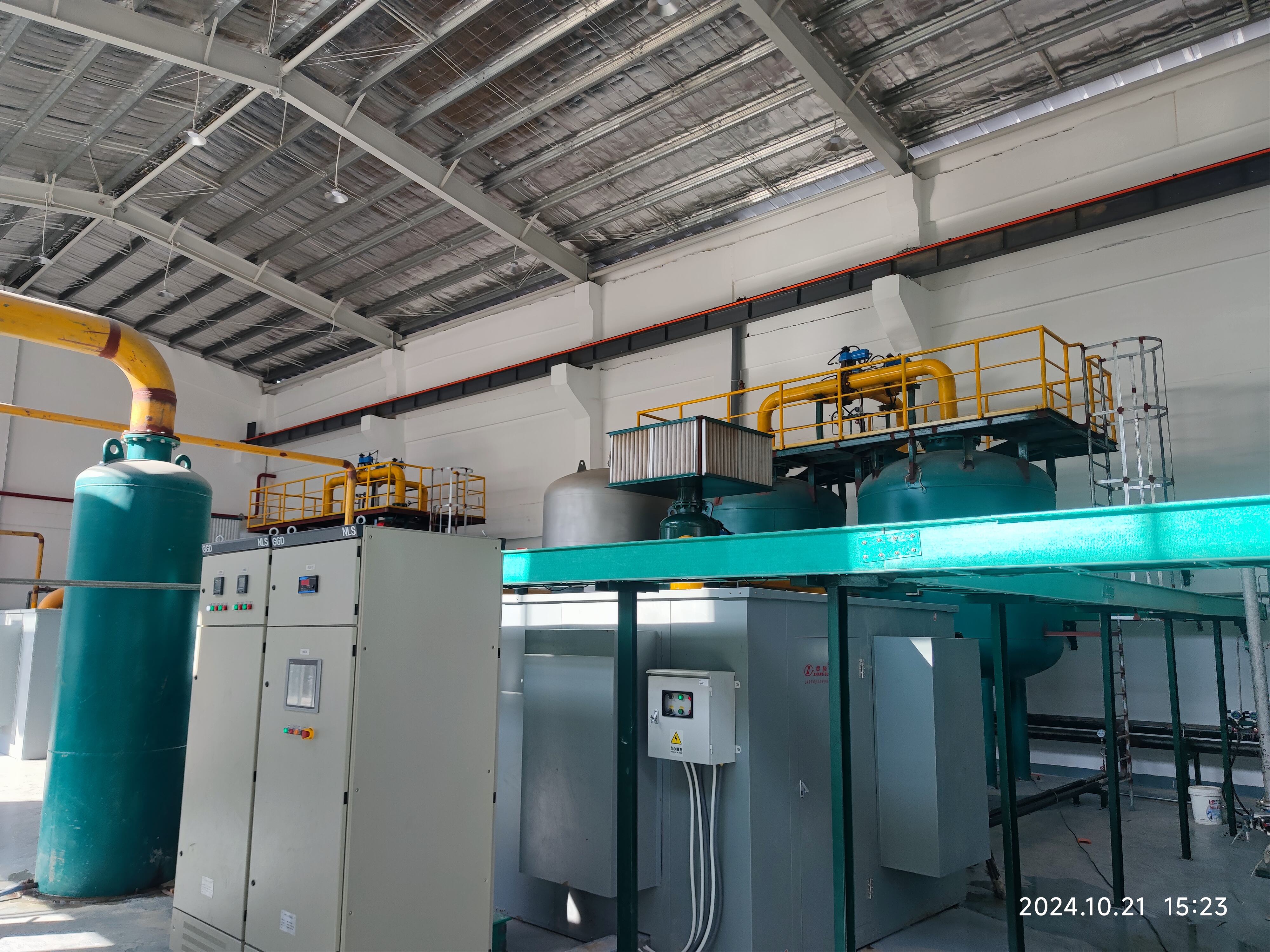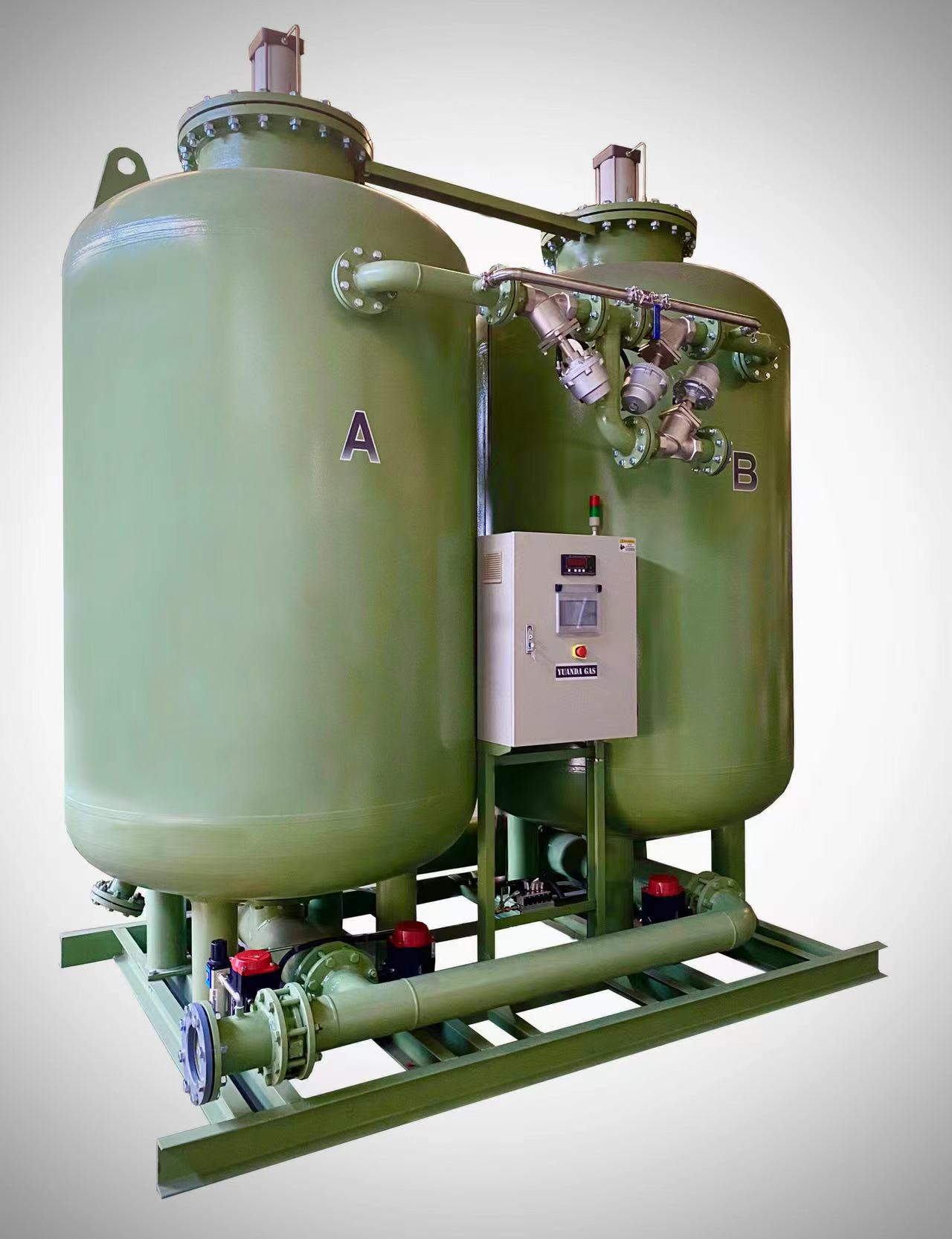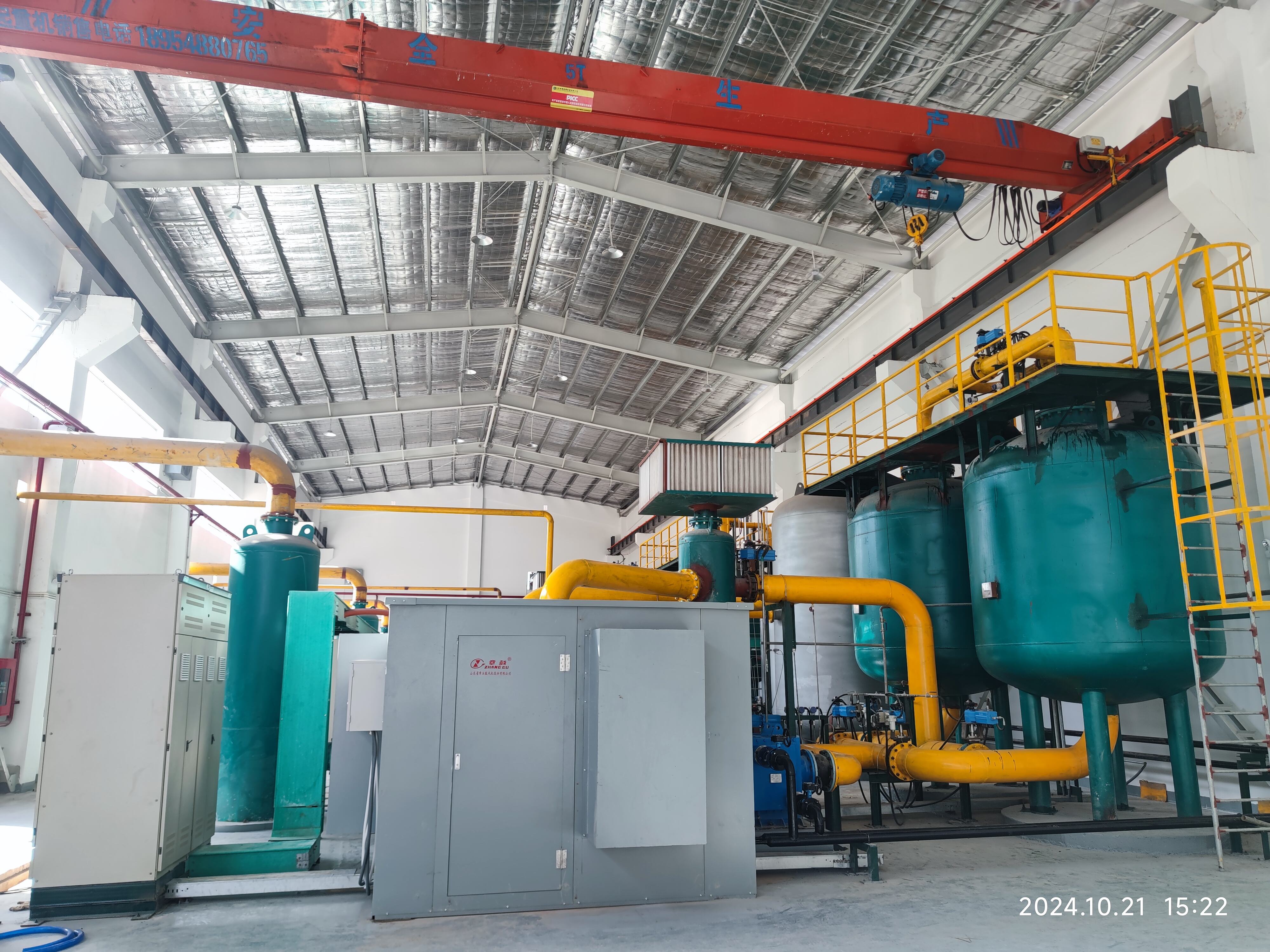oksijen için basınç salınımlı adsorpsiyon
Basınç değişimi adsorpsiyonu (PSA) oksijen için, çevresel havadan yüksek saflikta oksijen üretmek üzere gelişmiş bir gaz ayırma teknolojisidir. Bu yenilikçi süreç, genellikle zeolitler olan özel moleküler süzgeç maddelerini kullanarak azotu seçici olarak adsorbe ederken oksijeni akısha izin verir. Sistem, sıkıştırılmış hava bu adsorpsiyon yataklarından geçirilerek basınçlanma ve basınçsızlaştırma döngüsünü çalışır hale getirir. Basınçlanma sırasında, azot molekülleri zeolit yapısında tutulurken oksijen molekülleri akışa devam eder. Yatak azotla dolunca, basınç azaltılır ve bu da yakalanan azotun sistemden salınmasına ve temizlenmesine neden olur. Bu süreç, sürekli oksijen üretimini sağlamak için birden fazla yatakta değişken döngülerde işler. Modern PSA sistemleri oksijen saflik seviyelerini %95'e kadar çıkartabilirler, bu da onları çeşitli endüstriyel, tıbbi ve ticari uygulamalar için ideal kılabilir. Teknolojinin verimliliği, çevrim sürelerini, basınç seviyelerini ve akış hızlarını optimize eden ileri kontrol sistemleriyle artırılır. Bu sistemler, küçük tıbbi tesislere kadar büyük endüstriyel kurumlara kadar farklı kapasite gereksinimlerine uyacak şekilde ölçeklenebilir ve yerinde güvenilir ve maliyet etkin bir oksijen üretim kaynağı sağlar.


